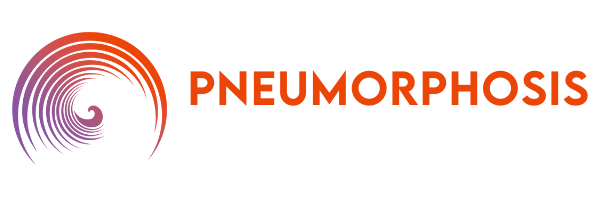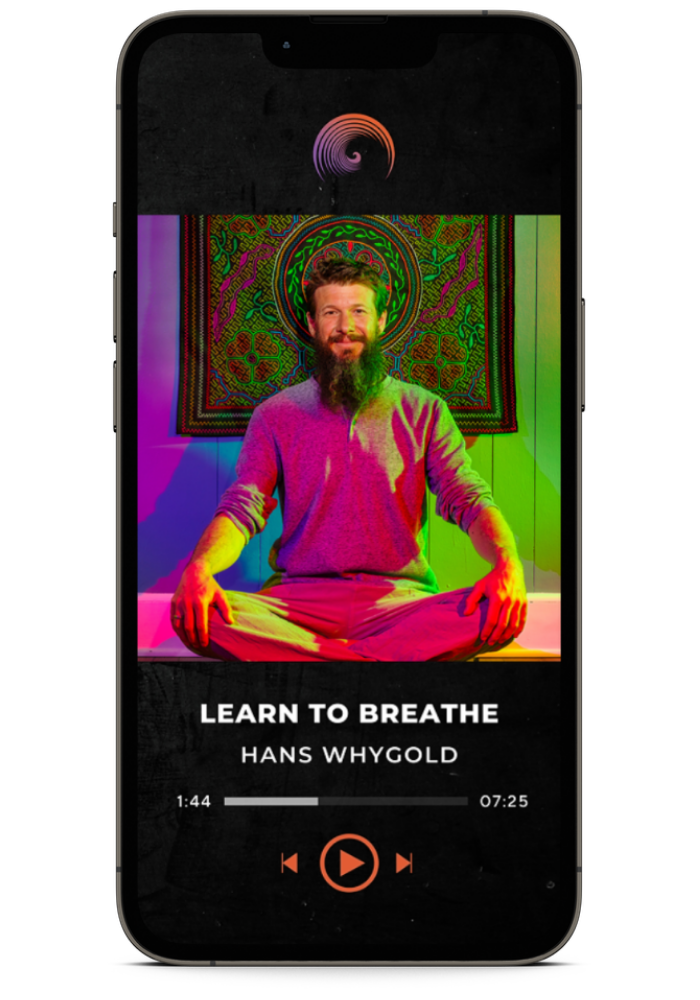Preparation – Breathwork – Integration
Just like in work with plant medicine, there are three important components to Breathwork. These are Preparation, Breathwork itself and Integration. All three of them have the same importance. By allowing time for proper preparation and integration, we get the most out of the work and are able to take it deeper and get more meaningful, lasting results.
Preparation:
It is essential to prepare for the upcoming work. You can prepare for breathwork in several ways. A good way to start is journaling. Journaling helps you gain clarity of stuck issues, emotions and blocks that are holding you back in life. By setting intentions and reflecting on them, we facilitate access to our subconscious thinking patterns. This can be done by either consciously putting any problems we face in life into words and start working on them. Another great way is a stream of consciousness. By filling the paper with any thoughts that arise without the goal to address a certain topic helps us to realize areas in life that we need to work on.
Preparation is also taking time for ourselves. Meditation is another powerful way to tap into our underlying thinking patterns. By allowing the mind to wonder, letting go of the urge to control what thoughts come up we also bring to light what is distracting us from following our hearts desire.
I have found taking long walks and observing the environment, spending time in nature or listening to music brings a sense of peace and helps us disconnect from day to day tasks.
Setting up the space and creating a safe container, where we can experience breathwork, gives us time to be with ourselves and makes us feel comfortable.
Breathwork:
The actual breathwork will bring up to light whatever we need in this moment to facilitate healing. By consciously connecting to the breath, and letting go, surrendering to the process can reveal current struggles, areas to focus on in life and past traumas that we have suppressed and that are controlling our lives. The music enhances mental imagery, relinquish control. It helps release of emotions and contributes to a peak experience. The intensification of preexisting psychosomatic symptoms brings awareness to the main cause of the symptoms.
By making stronger whatever is going on in our mind, body and soul, we are able to release and let go of the underlying cause of our suffering. We learn to accept and, at the same time, stop resisting.
We can shine a different light on whatever situation we blame for our current situation and attack our issues from a different angle by changing our thought structure.
During breathwork we can learn to take full control of our feelings, thoughts and our current belief system, get out of the victim mentality and stop blaming others. Eventually we will learn to take full responsibility for our lives and connect to the deep inner wisdom that is inherent in all of us. This inner wisdom knows what we want, how we can achieve it and will guide us along the way.
This inner wisdom does not come from the thinking mind, we can access it once we get out of the thinking mind, the left side of the brain.
Resistance will inevitably come up and we can analyze what we are resting in life. Carl Jung and Eckart Tolle like to emphasize that whatever we will resist will persist and whatever we fight will get stronger. Once we push through this resistance in breathwork, we realize what we are resisting in life.
Integration:
Breathwork itself is almost meaningless if we don’t integrate what we learn into our daily lives. We might have a powerful experience, learn about our shortcomings and have a beautiful heart-opening ceremony. But if we don’t integrate what we learn, it will be just that, a beautiful experience or a challenging experience for some.
Only if we properly integrate the experience and take conscious steps back in our daily lives will we make a lasting difference.
Sharing circles after breathwork are the first step to help integration. It is the beginning to connect the right side of the brain to the left side and work on the material that surfaced from the subconscious in the conscious level. We gain clarity on the messages that we receive and are able to verbalize what may have come up.
Through listening to other peoples shares, we get a sense of connection to all of humanity and build compassion for others.
Mandala drawing and/or journaling strengthens the connection of the two sides of the brain. When we draw mandalas, without the idea of creating art, we stay longer connected to the right side of the brain. The idea is to draw whatever our hand wants to draw, without thinking about the outcome.
When we journal, we bring the experience back to the conscious mind and build new neurological connections. By writing down what was alive during the breathwork session, we bring back the memory. Some messages seem crystal clear during a breathwork session, but we tend to forget them as soon as we return to the ordinary state of consciousness. These can come back up during journaling and therefore give us something to work on in the following hours or days.
By this, we also strengthen the neurological wirings in the brain and are able to come up with concrete steps to implement what we learn.
Just like preparation, for integrating, it is beneficial to implement a daily meditation practice, do yoga, take long walks and connect with nature. Spend some time alone and nurture what we love to do. Crating art, drawing, making music. Preparing nutritious meals, reading a book or going out to dance and sing are all fantastic practices that help us stay present in the moment. Basically whatever we love to do, what our heart desires is helpful.
By allowing ourselves to experience what we want, giving us permission to create the life we want will empower us and make us stronger.

